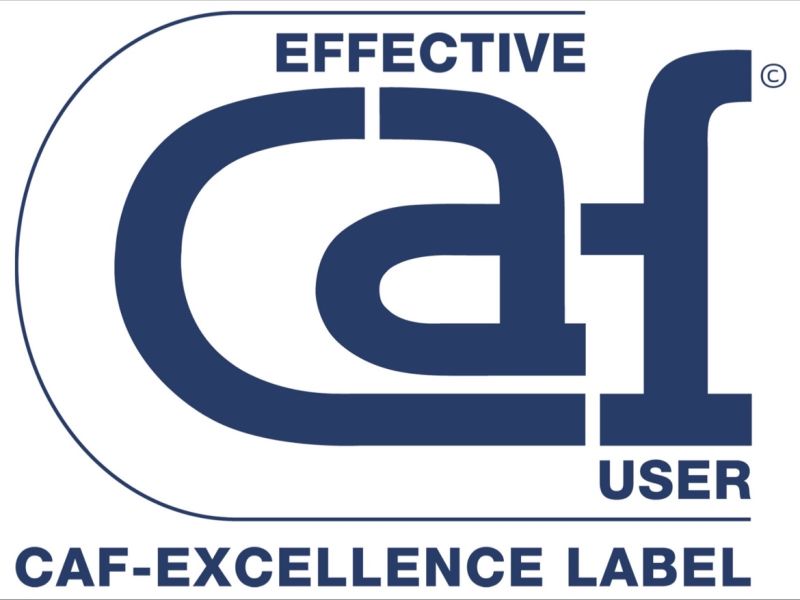Who was involved
This case study analyses the role of the Republic Agency for Peaceful Settlement of Labour Disputes of the Republic of Serbia in the process of conciliation in a collective labour dispute between the employer, the Health Centre, the Basic organization of the Trade Union ‘Nezavisnost’, the petitioner, the Municipality as the founder of the Health Centre and the Trade Union of employees in Health and Social Care of the Health Centre.
The Subject of the Dispute
The subject of the dispute is challenging the right to collective negotiation to the Basic organization of the Trade Union ’Nezavisnost’ in the process of concluding a new collective agreement of the employer – Health Centre. As the reason for challenging the right to collective negotiation to the Trade Union, the employer stresses the lack of representation of the Trade Union ‘Nezavisnost’.
All the memos from the president of “Nezavisnost” Trade Union, addressed to the employer, the director of the Health Centre and the founder – the President of the Municipality, to allow the Union to participate in negotiations on the conclusion of the collective agreement, remained unresolved and ignored. The employer and founder kept asking for new evidence on representation of the ‘Nezavisnost’ Trade Union and did not allow them to participate in negotiating and concluding the collective agreement. The subject of the dispute is to determine the representation of the Trade Union and the right to participate in the conclusion of the collective agreement.
How the Arbiter was included
The president of the Trade Union ‘Nezavisnost’ was the main initiator for starting negotiations for signing of the collective agreement, but the employer – the Health Centre challenged the representative of the Union and therefore prevented the Union representatives from taking part in meetings and negotiations on the conclusion of a new collective agreement. The president of the Trade Union ‘Nezavisnost’ requested assistance from the Republic Agency for a peaceful settlement of the collective labour dispute and sent a proposal with which the parties to the dispute agreed. The Agency immediately acted upon the submitted proposal and appointed a conciliator.
The Potential Impact of the Dispute
The president of the Trade Union ‘Nezavisnost’ remained on the proposal that the Union should have representation and the right to participate in the negotiation and conclusion of the Collective Agreement. The employer and the founder continued to challenge the Union’s right to representation, and the Health Centre’s Trade Union of Employees in Health and Social Protection supported such an attitude as well.
Short Review of the Conciliation Proceeding
The President of the Union sent a proposal to The Republic Agency for Peaceful Settlement of Labour Disputes to appoint a conciliator who will assist the parties to the collective dispute, with the aim of concluding a Dispute Resolution Agreement.
The director of the Agency made a decision on appointing a conciliator, with which all the parties to the dispute agreed.
The procedure, in which all the parties to the dispute participated, was held in the premises of the employer. The procedure was public, in the presence of a certain number of employees, with due respect for the order. After forming the Conciliation Committee, the conciliation procedure started with presenting of the necessary evidence, by inspecting the complete documentation required by the conciliator for resolving the collective labour dispute. There were no separate conversations with the Committee members.
The conciliator determined the number of employees in the Health Centre by inspecting the personnel records. There are 324 employees, 306 of them employed on full-time basis, and 18 for a definite period. None of the board members challenged the authenticity of the data and documents and the employer’s confirmation of the number of employees. The president of the Trade Union of Employees in Health and Social Protection was legitimized in this procedure by a document, a Decision on determining representation.
During the hearing and the discussion, the president of the Trade Union ‘Nezavisnost’ pointed out that despite the submitted material evidence: the Resolution on the representative from the Ministry of Labour and Social Policy and the Membership Application for membership in the Trade Union, they challenged the representative of the Union with the explanation that these documents were not sufficient.
The employer disputed the statement of the president of the Trade Union ‘Nezavisnost’, pointing out that until the hearing in the presence of a conciliator, he never presented the employer with these two documents on the basis of which the representation of the Trade Union ‘Nezavisnost’ was established. At the very discussion, the president of the Trade Union ‘Nezavisnost’ handed over the documents to the conciliator. The conciliator then inspected the original documents, and enclosed photocopies of documents to the files.
Given all the evidence presented, the Employer and the Founder did not have any objections. With the help of the conciliator, they established the text of the Recommendation, which gives the Trade Union ‘Nezavisnost’ the right to representation and the right to collective negotiation in the process of concluding the Collective Agreement.
After signing the Recommendation, a Dispute Resolution Agreement was drafted and signed by all members of the Committee with no objection.
The Outcome of the Conciliation
With the participation of the Republic Agency for Peaceful Settlement of the Collective Labour Dispute, the Agreement on peaceful settlement of the dispute was concluded quickly, without costs, efficiently, impartially, in two discussions (in a period of 15 days) before the Conciliation Committee of 4 representatives. The result of the procedure was the conclusion of the Collective Agreement to the employees’ satisfaction, the consent of the Founder, the Employer, the Trade Union “Nezavisnost” and the Trade Union of Employees in Health and Social Protection.


